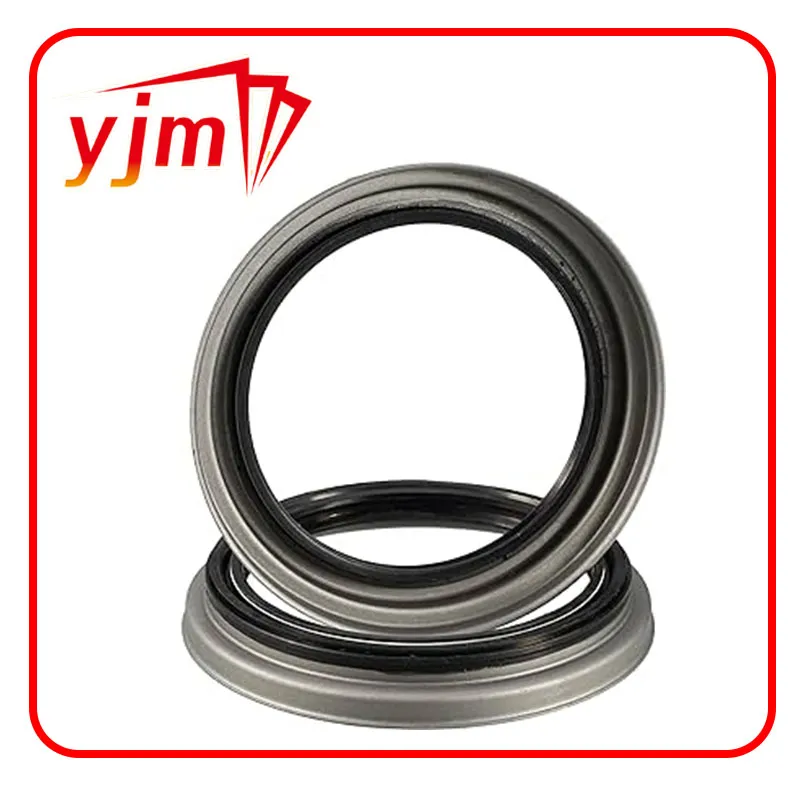Understanding Hub Axle Seal Functionality and Importance for Vehicle Performance
Understanding Hub Axle Seals Importance, Function, and Maintenance
Hub axle seals play a crucial role in the smooth operation of vehicles, from cars to heavy-duty trucks. These seals are designed to prevent the leakage of lubricating oil and other fluids that are essential for the proper functioning of the wheel hubs and axles. Understanding their function, importance, and maintenance can help vehicle owners ensure their vehicles perform optimally and prevent costly repairs down the line.
What are Hub Axle Seals?
Hub axle seals are components located at the junction of the axle and the wheel hub. They create a barrier that prevents the escape of lubricants and the entry of dirt, debris, and water into the axle assembly. Typically made from materials like rubber or polyurethane, these seals are designed to withstand the rigors of extreme temperatures, pressure changes, and physical wear that come with regular vehicle operation.
Importance of Hub Axle Seals
The primary function of hub axle seals is to maintain proper lubrication within the axle system. Lubrication is vital for reducing friction between moving parts, which can lead to excessive wear and tear. When hub axle seals fail, lubrication can leak out, leading to several issues
1. Increased Wear Without adequate lubrication, the moving parts in the axle and hub can suffer from increased friction, leading to premature wear.
2. Overheating Insufficient lubrication can cause components to overheat, compromising their structural integrity and leading to potential failures.
3. Contamination Failing seals can allow dirt, moisture, and debris to enter the axle assembly. This contamination can cause significant damage, including corrosion and increased wear on bearings and gears.
4. Costly Repairs Ignoring issues related to hub axle seals can lead to catastrophic failures, necessitating expensive repairs or complete axle replacement.
Signs of Failing Hub Axle Seals
Recognizing the signs of failing hub axle seals is crucial for preventing more extensive damage
. Vehicle owners should be aware of the following symptomshub axle seal

- Fluid Leaks One of the most obvious signs is the presence of fluid leaks around the wheel hub.
- Unusual Noises Grinding, whining, or clunking sounds coming from the axle area can indicate a problem with lubrication.
- Excessive Heat If the wheel hubs feel unusually hot to the touch, it may be a sign of inadequate lubrication due to seal failure.
- Vibration Increased vibrations during operation can signal issues with the axle or wheel bearings, potentially linked to failing seals.
Maintenance and Replacement
Regular maintenance can extend the life of hub axle seals and prevent problems down the line. Here are some key maintenance tips
1. Routine Inspections Regularly inspect the axle and wheel hub areas for signs of wear, leaks, or damage.
2. Change Lubricants Periodically Follow the manufacturer’s recommendations for changing lubricants to ensure that the axle system is always well-lubricated.
3. Replace Seals When Necessary If you notice any signs of failure, replace the hub axle seals promptly to prevent further damage.
4. Use Quality Parts Always opt for high-quality seals that meet or exceed OEM specifications for replacements.
Conclusion
Hub axle seals may seem like small components within the larger vehicle assembly, but their role is critical for the overall health and performance of the vehicle. By understanding their function and remaining vigilant about maintenance, vehicle owners can protect their investments and ensure a smooth, safe driving experience. Regular inspections and timely replacements of hub axle seals can save significant costs over time by preventing more extensive and expensive repairs. Always consult with a qualified mechanic if you suspect any issues related to your hub axle seals, and prioritize their maintenance for optimal vehicle performance.
-
Understanding the Front Main Engine Seal: Purpose, Maintenance, and Installation
News Jul.29,2025
-
Understanding O-Rings and Seal Rings: Types, Applications, and Custom Solutions
News Jul.29,2025
-
Understanding Crankshaft Oil Seals: Rear Seals, Pulley Seals, and Their Role in Engine Integrity
News Jul.29,2025
-
The Importance of Front and Rear Crankshaft Seals in Engine Performance and Oil Management
News Jul.29,2025
-
Crank Oil Seals: Functions, Types, and Cost Considerations in Engine Maintenance
News Jul.29,2025
-
A Comprehensive Guide to O-Rings and Seals: Types, Materials, and Global Applications
News Jul.29,2025
-
Mastering Diesel and Performance Engine Maintenance: A Guide to Critical Oil Gaskets
News Jul.28,2025
Products categories















